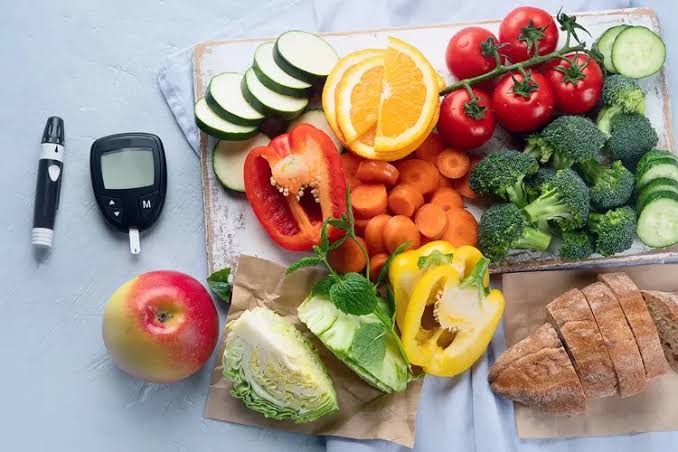
Fruits are packed with vitamins, antioxidants, and fiber, making them a healthy choice for most people. But if you’re watching your blood sugar or managing diabetes, not all fruits are created equal.
While fruits contain natural sugars, some varieties can cause a rapid rise in blood glucose levels—especially when eaten in large amounts or without other foods to balance them out. Over time, consistently high blood sugar spikes may increase the risk of insulin resistance and type 2 diabetes…..CONTINUE READING>>>
Here are some fruits to consume in moderation if you’re trying to manage your blood sugar or reduce your diabetes risk:
1. Grapes
Grapes are sweet, juicy, and easy to overeat. But they have a high glycemic index (GI), meaning they can quickly spike blood sugar. Just one cup of grapes can contain over 20 grams of sugar.
Tip: Eat grapes in small portions or pair them with a handful of nuts to slow sugar absorption.
2. Bananas
Bananas—especially ripe ones—are high in natural sugars and carbs. While they’re a good source of potassium, eating large or very ripe bananas can raise blood sugar more than less ripe ones.
Tip: Choose smaller, greener bananas and avoid pairing them with other high-carb foods.
3. Watermelon
Refreshing and hydrating, yes—but watermelon has a very high glycemic index. Its high water content can be misleading, and its natural sugars hit the bloodstream quickly.
Tip: Enjoy in moderation and balance with a source of protein or fat.
4. Pineapple
Pineapple is rich in vitamin C and enzymes, but it’s also one of the highest-sugar tropical fruits. It has a high GI and can quickly elevate glucose levels.
Tip: Eat pineapple in small quantities and avoid canned versions, which often contain added syrup.
5. Mangoes
Delicious but sugar-heavy, mangoes are often considered a “superfruit,” but they’re also super sweet. One mango can pack 45 grams of natural sugar.
Tip: Stick to a few slices at a time and avoid drinking mango juice, which removes the fiber and spikes sugar faster.
6. Dried Fruits (like raisins, dates, or dried apricots)
Dried fruits are concentrated in sugar and calories due to the removal of water. Just a small handful can have as much sugar as a candy bar.
Tip: Choose fresh fruit instead. If you do eat dried fruit, keep it to just a few pieces.
7. Fruit Juices and Smoothies
Even 100% fruit juice lacks the fiber found in whole fruit, leading to quick blood sugar spikes. Smoothies with lots of high-sugar fruits and no protein or fat can have the same effect.
Tip: Blend with low-GI fruits (like berries), add greens, and include a protein or fat source like Greek yogurt or nut butter.
Smart Fruit Choices for Blood Sugar Control:
If you’re trying to manage your blood sugar, opt for:
- Berries (blueberries, raspberries, strawberries): lower in sugar, high in fiber
- Apples (with skin): moderate in sugar, high in fiber
- Pears
- Kiwi
- Avocado (yes, it’s technically a fruit—and it’s low-carb and diabetes-friendly!)
Final Thoughts: It’s About Balance, Not Elimination
You don’t have to avoid these fruits completely—but portion control and smart pairing are key. Combine fruit with a source of protein or healthy fat to slow sugar absorption, and avoid eating high-GI fruits alone on an empty stomach.
Fruits are still a natural and nutritious part of any diet. Just be mindful of how much and how often you’re eating the sweeter ones—especially if you’re managing or trying to prevent diabetes.CONTINUE READING>>>
